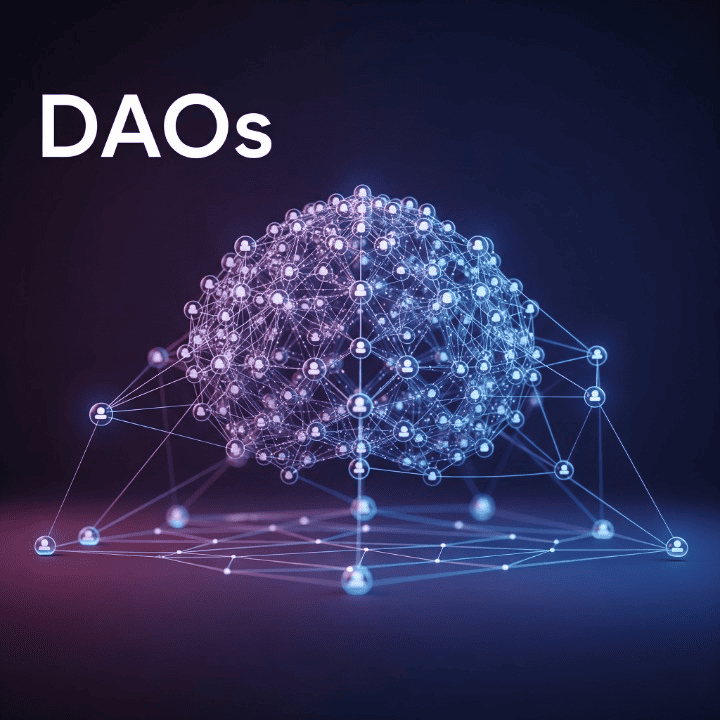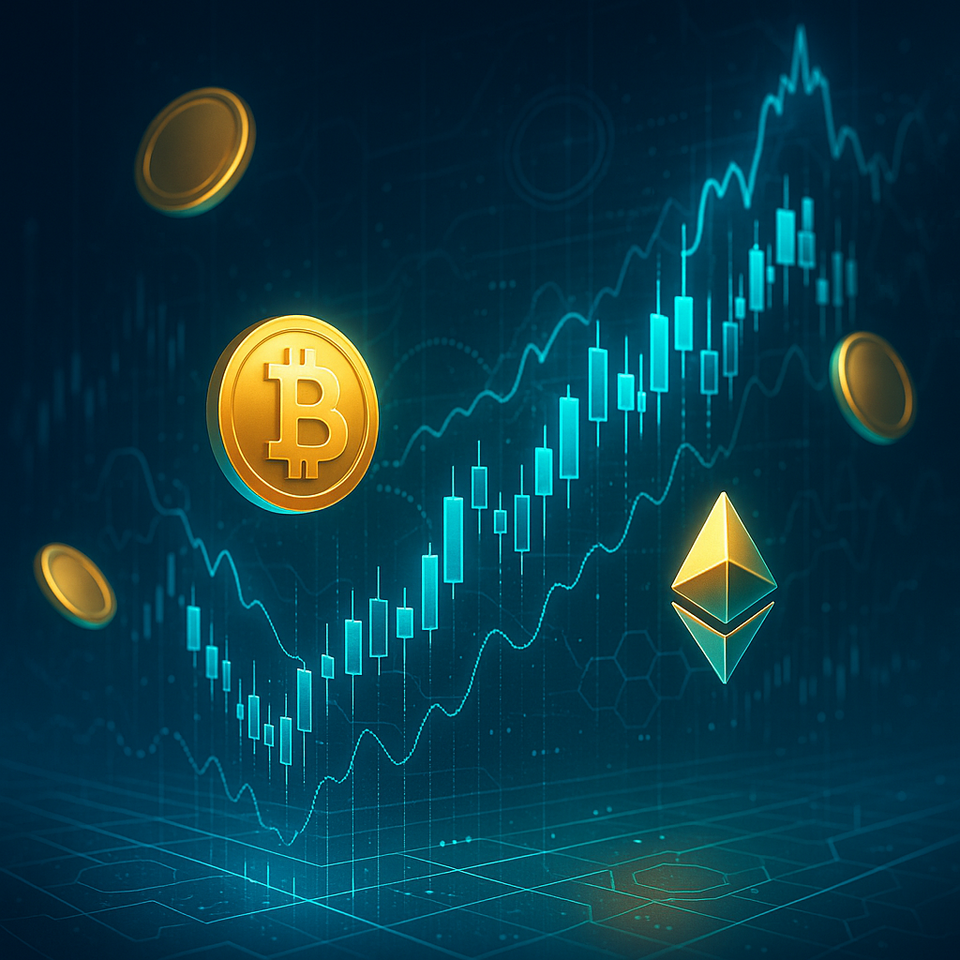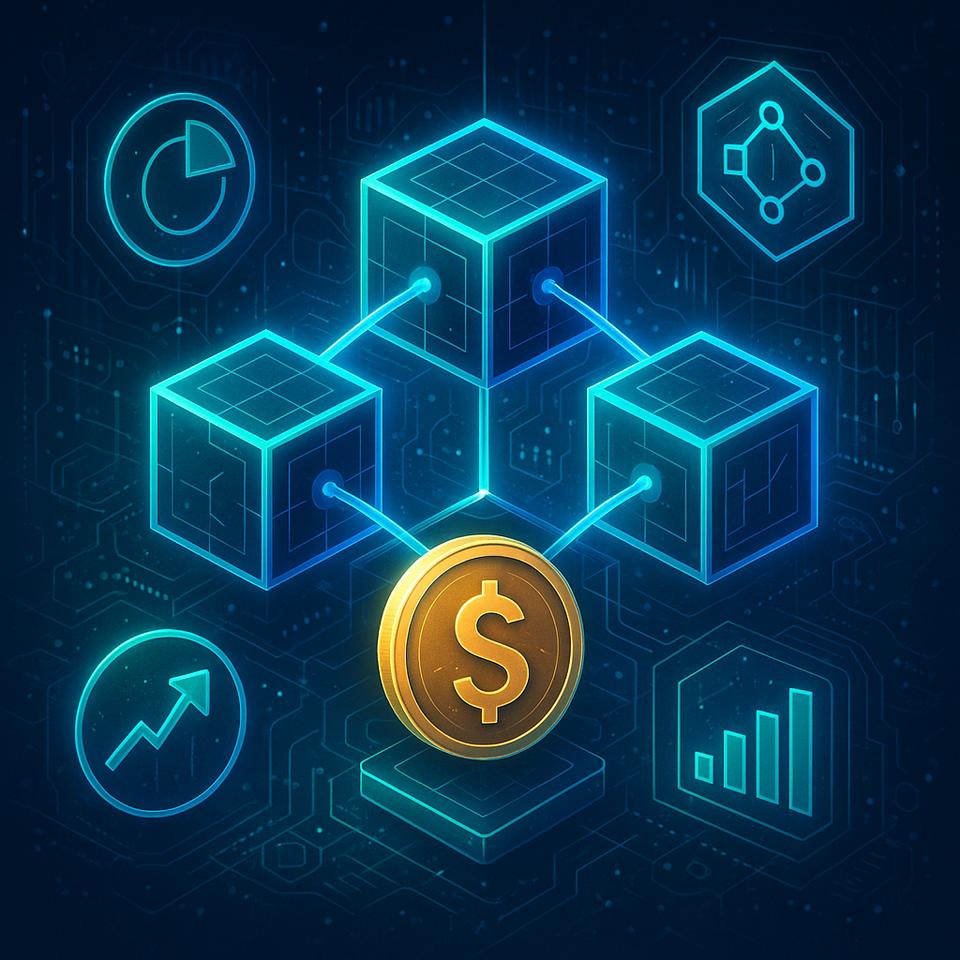
Introduction
The world of cryptocurrency is fundamentally about decentralization. Instead of relying on a central authority like a bank or a government, a community runs these networks. Taking this idea a step further, Decentralized Autonomous Organizations (DAOs) are emerging as a new and powerful way for communities to organize and make decisions. A DAO is an organization controlled by its members and operates without a central leader. The members make all decisions, from funding new projects to changing the rules of the network. All the rules are transparently encoded in smart contracts on a blockchain. Understanding DAOs is a crucial next step for anyone looking to go deeper into the world of digital assets and investing in crypto. This comprehensive guide will demystify DAOs, explaining their core principles, how they function, their key benefits and risks, and their potential to reshape how we organize and govern.
What Exactly is a Decentralized Autonomous Organization (DAO)?
A DAO is a group of people who unite around a common mission or goal. The organization’s rules are encoded in a smart contract, which is a self-executing contract on a blockchain. Because the rules are in the code, they are transparent and unchangeable without a vote from the members. This removes the need for a central authority, such as a CEO or a board of directors. All members have a say in the organization’s governance, typically by holding a certain amount of the DAO’s native token. For example, if you hold 1% of the total tokens, you get 1% of the votes. This creates a transparent, community-led system of governance.
The Core Principles of a DAO
DAOs are built on a few core principles that set them apart from traditional organizations.
1. Decentralization
The key principle of a DAO is that it has no central point of control. It operates on a decentralized network, which means a single person or a small group of people cannot control it. This makes it more resilient to censorship and corruption.
2. Transparency
All of a DAO’s rules, votes, and financial transactions are publicly visible on the blockchain. This level of transparency builds trust among members and reduces the risk of fraud. Therefore, you can always see where the organization’s money is and how decisions are made.
3. Community-Led Governance
In a DAO, the community, not a select few, makes decisions. Members propose ideas, and other members vote on them. This gives every member a voice and a stake in the organization’s future.
4. Automation
The smart contracts that govern a DAO automate many of the organization’s functions. This removes the need for human intermediaries and reduces the possibility of human error or manipulation.
How a DAO Works: A Step-by-Step Breakdown
A typical DAO follows a simple life cycle, from creation to operation.
Phase 1: Creation
A developer or a small group of creators writes the smart contract and lays out the core rules of the DAO. These rules include the organization’s purpose, how members will join, how voting will work, and how the treasury will be managed.
Phase 2: Funding
The DAO is funded through a token sale. Early members or investors buy the native token, which gives them both ownership and voting rights. The funds raised are placed in the DAO’s treasury.
Phase 3: Governance
Once the DAO is live, members can start proposing ideas. A proposal might be about how to spend the treasury’s funds, how to hire new developers, or how to change a rule of the organization. All proposals are voted on by the members. If a proposal passes, the smart contract automatically executes the decision.
The Potential of DAOs
DAOs have the potential to disrupt a wide range of industries and change how we think about organization and governance.
- Venture Capital: You can use a DAO as a decentralized venture fund where members vote on which projects to fund.
- Charities: You could have a DAO manage a charity where members vote on which causes to support. This would make the entire process more transparent.
- Freelancer Guilds: A DAO could be used by a group of freelancers to manage projects, share resources, and distribute funds.
- Social Clubs: You could have a DAO manage a social club, allowing members to vote on events, membership fees, and rules.
The Risks and Challenges of DAOs
While DAOs are innovative, they are still in their early stages and come with significant risks. A smart financial planning mindset is essential before getting involved.
1. Security Risks
Smart contracts are complex, and hackers can exploit them if they contain a bug or a vulnerability. A security breach in a DAO can lead to the permanent loss of all funds in the treasury. This is the single greatest risk in the DAO ecosystem.
2. Legal and Regulatory Uncertainty
The legal status of DAOs is still very unclear. For example, are they a company? A partnership? Who is liable if something goes wrong? Most governments have not answered these questions, which creates a significant legal risk for members.
3. Centralization of Power
Although a DAO is designed to be decentralized, power can still be concentrated in the hands of a few large token holders. If a few whales hold a significant portion of the tokens, they can vote on proposals and control the DAO, which defeats the purpose of decentralization.
4. Lack of Engagement
For a DAO to work, its members must be engaged and vote on proposals. If a community becomes disengaged, the DAO can become stagnant or fall into the control of a small, active group.
5. Slow Decision-Making
The process of proposing and voting on every decision can be slow and inefficient, especially in a large organization. This can make it difficult for a DAO to respond quickly to market changes or new opportunities.
Conclusion
DAOs represent a radical new way of organizing that is built on the core principles of decentralization, transparency, and community governance. While they hold the potential to disrupt industries and reshape how we work and interact, they are not without significant risks. The technology is still in its infancy. For those looking to get involved, it is crucial to do your own deep research, understand the smart contracts, and be aware of the security and centralization risks. The DAO is a fascinating experiment in the future of human organization, but it is one that requires careful consideration and a strong understanding of its fundamental principles.


